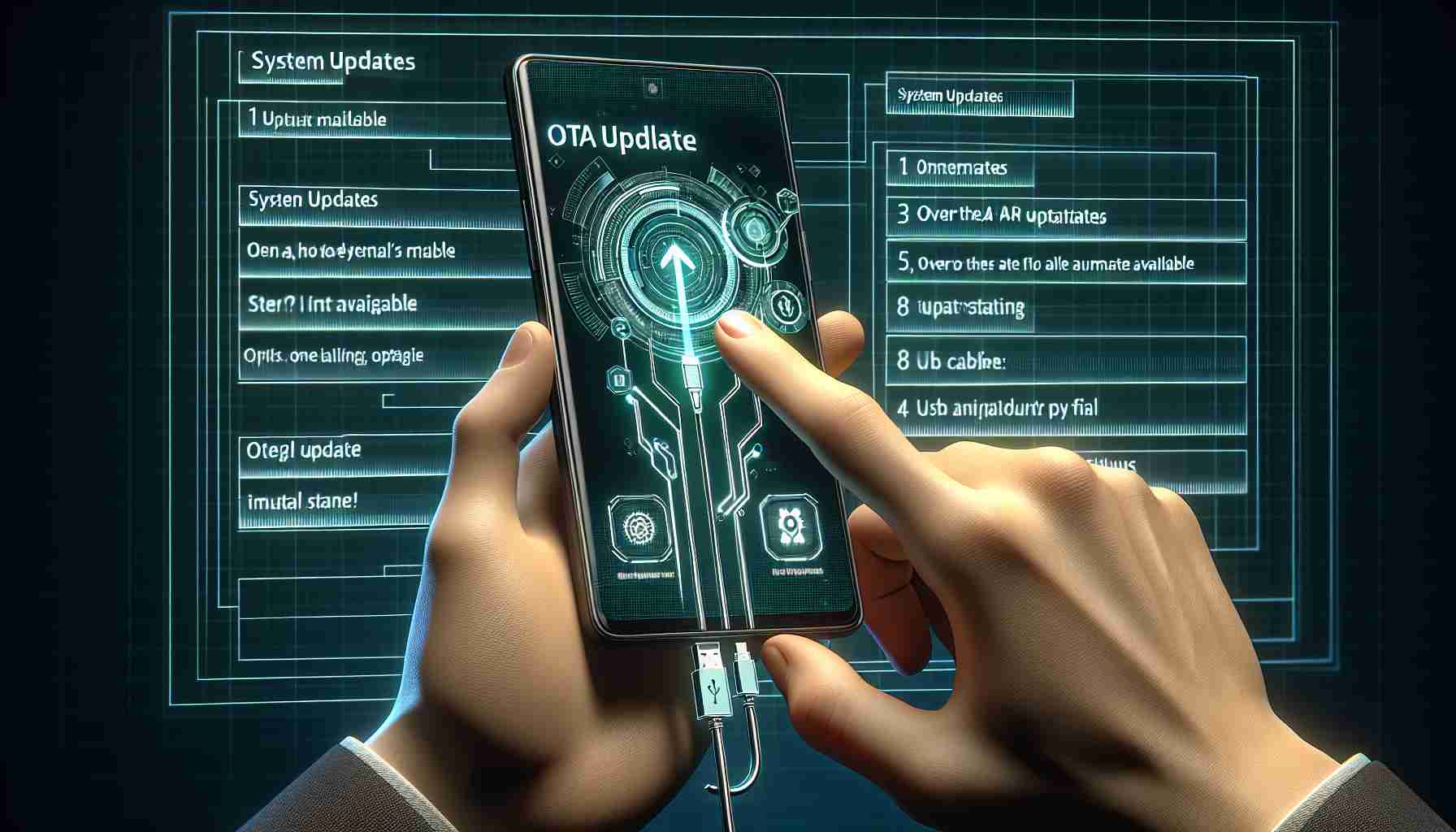Sideloading OTA updates on your Google Pixel phone can accelerate the process of running the latest software. This guide will help you through these steps for a swift update experience.
Understanding the Update Types
Google Pixel users can choose between regular incremental updates and full updates. For the latter, an OTA update is your go-to choice, which preserves your settings upon installation. If you’re considering reverting to an older system version, a factory image is necessary.
Updating Alternatives
Should you prefer not to wait for an update prompt, you can manually check for updates in your device settings or choose to sideload the latest OTA .zip file from Google. Sideloading is the quickest method, requiring access to a desktop or laptop.
Getting Ready for Sideload
Using ADB, or Android Debug Bridge, is necessary for sideloading the OTA update. For ease of process, downloading and installing the latest platform-tools or Universal ADB Drivers on your PC will be helpful. Enable USB debugging in the developer options of your Pixel to proceed.
Acquiring the OTA File
Begin by acquiring the latest OTA file for your Pixel model from Google’s developer site. Picking the correct file is essential. Pixel phones have different support timelines for operating system upgrades and security patches.
The Pixel 6, for example, will receive updates until November 2024. Here’s a list of OTA files for all Pixel devices.
Booting into Recovery Mode
Finally, boot your Pixel into Recovery mode to start the sideloading. Shut down your phone, then use the Power and Volume down buttons to activate the Bootloader menu. Select Recovery mode to commence. If your smartphone is connected to a computer, adb commands can also be used to initiate recovery mode. Remember to press the Power button and the Volume down button when you see an Android logo with an exclamation mark to progress.
Important Questions and Answers:
Q: What is sideloading?
A: Sideloading is the process of manually installing software on a device, typically from a file transfer rather than downloading it from the official app store or update system.
Q: Why would you manually update your Google Pixel with an OTA file?
A: You might want to manually update to the latest software quicker than the over-the-air update from Google or if you’re experiencing issues with your device that an update might fix.
Q: What is ADB?
A: Android Debug Bridge (ADB) is a command-line tool that allows for communication between a computer and a connected Android device. It is part of the Android SDK & Platform-Tools package.
Key Challenges:
– Ensuring that the correct OTA file is downloaded and installed, as using an incorrect file could harm the device.
– The need to have some technical knowledge and understanding of command-line operations, as improper use of ADB could cause issues.
– Making sure that developer options and USB debugging are properly enabled on the Pixel device.
Controversies:
– Manual updating might void the warranty or be unsupported by the device’s manufacturer if done incorrectly.
– There might be security risks associated with downloading and manually installing updates from the internet.
Advantages and Disadvantages:
Advantages:
– Faster access to the latest features, security updates, and bug fixes.
– Ability to revert to a previous version if there were issues with the new update.
– Greater control over the updating process.
Disadvantages:
– Higher risk of user error which can potentially brick the device or cause data loss.
– Possibility of downloading corrupted or malicious OTA files if not careful.
– Can be time-consuming and requires technical skills.
If you require more information on Google Pixel or want to download updates, you can visit Google’s official website for Pixel updates using this verified link: Google Developers OTA Files.
Remember, you should only follow this process if you are confident in your technical skills and understand the risks involved. Always back up your data before proceeding with manual updates.
